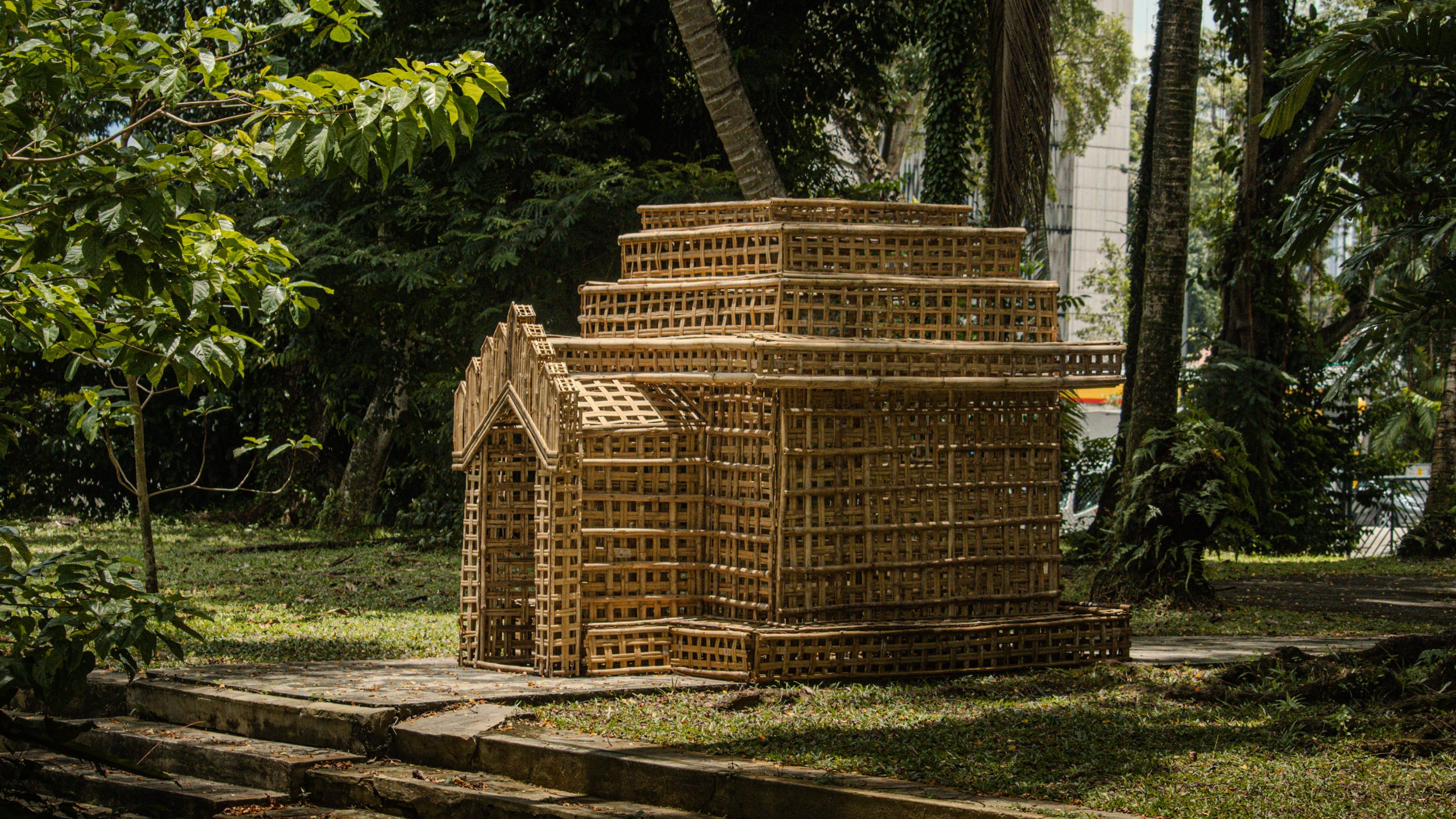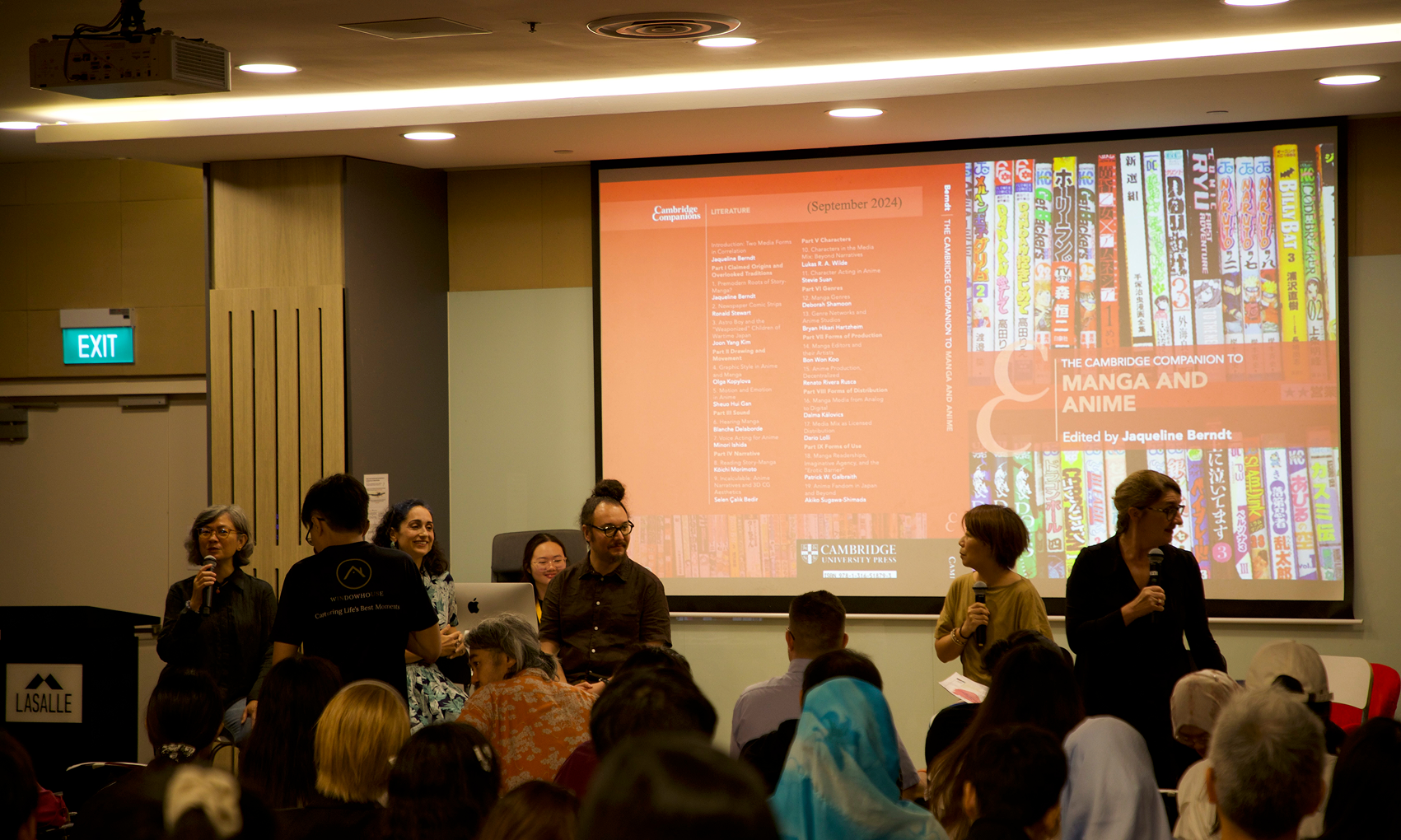Journal and book publications
Gender in Southeast Asian Art Histories
This special issue of Southeast of Now: Directions in Contemporary and Modern Art in Asia, on the topic of gender and its intersections with art history, emerges and extends from numerous discussions held during the Gender in Southeast Asian Art Histories Nelson, Clare Veal and Stephen H. Whiteman, with invaluable support from numerous staff at the Power Institute and elsewhere in the University of Sydney. While we were inspired by the symposium in Sydney, this issue is emphatically not a conventional conference proceeding discussed there. Rather, as editors we have taken the Sydney event as one among several points of departure. A number of contributors to this special issue were presenters in Sydney and have substantially reworked their research for publication here. Several other contributors challenge or even productively contradict and undermine the conversations that took place during the event.
Citation:
Low, Yvonne, Roger Nelson and Clare Veal. "Editorial Introduction: Gender in Southeast Asian Art Histories." Southeast of Now: Directions in Contemporary and Modern Art in Asia, Vol. 3 no. 1, 2019, pp. 1-11. Project MUSE, doi: 10.1353/sen.2019.0000
Water is Never Still: Araya Rasdjarmrearnsook’s Sculptural and Installation Practice
This paper examines the early sculptural and installation practices of renowned Thai artist and writer, Araya Rasdjarmrearnsook (b. 1957). Although most scholarly and curatorial attention has focused on Araya’s moving image works, particularly those that involve corp hope of developing a chronological account of Araya’s artistic development, but is instead an attempt to read her early three-dimensional works through insights gleaned from her later artistic and literary practice. Specifically, in examining Araya’s work from an inter-medial persp between moving and static bodies. As I argue, when understood in conjunction with the ways in which Araya’s oeuvre simultaneously invites and refuses feminist readings, these works provoke a reconsideration of questions of agency and impotence, and their assumed correspondence between action and inaction.
Citation:
Veal, Clare. “Water is Never Still: Araya Rasdjarmrearnsook’s Sculptural and Installation Practice.” Afterall 47, 2019, pp. 88-103.
Theatre and Eschatological Politics
Representations of the end of the world gain currency in moments of social crisis. But such representations are more often the product of political strategies than of uncontrolled social anxieties. This chapter refers on early colonial religious drama in Mexico and on the Shi’ite ritual performances of Ta’ziyeh in order to highlight the extent to which theatrical characterisations and representations of the end of times, its agents, the afterlife, and the powers that control them may get weaponised on the grounds of creating a sense of apocalyptic agency. That agency is likely to be sustained by a pretence of political and religious power. As such, it is never quite pure – never absolute. Who are the self-proclaimed owners of the end of times and of the final judgement? How are those ends being enacted and contested (or not) in theatre and performance?
Citation:
Cervera, Felipe. “Theatre and Eschatological Politics.” The Routledge Companion to Theatre and Politics, edited by Peter Eckersall and Helena Greha, Routledge, 2019, pp. 295-298.
A PAINTING-INSPIRED APPROACH TO DEVELOP EXPLORATION IN 3D ANIMATION VISUAL STYLE
It has been observed that students of the 3D Animation programme at LASALLE College of the Arts tend to produce work that lacks stylistic exploration. This could be due to the conventional approach of the software adopted by students - one that involves texturing (colouring) each object individually before lighting them together in a virtual scene. When colouring each isolated object without being able to envisage the overall design, students tend to let the software dictate the visual style of their work. Taking inspiration from Woon Lam Ng’s (2016) painting approach, this research proposes that lighting precedes texturing. Students will firstly place objects in the scene and consider compositional elements such as tone and shape in relation to the whole before colouring them. The approach proposed in this paper aims to emphasize the overall picture-plane design so as to encourage conscious experimentation with visual style. 17 students from the final year BA(Hons) Animation Art programme were mentored with the proposed approach over 8 weeks. Still images from the students’ work before and after intervention were qualitatively assessed by different assessors based on a set of criteria. Further data collected from a student questionnaire and a research observation journal helped to verify the student’s intent to explore style. They also revealed challenges of the revised approach – productive efficiency and time constraints. The report concludes with possible areas of improvement to the research method and areas for future research.
Citation:
Ang, Qing Sheng. “A painting-inspired approach to develop exploration in 3D animation visual style.” Animation Studies, vol. 14, 2019.








